5 Ways to Remove Blackheads in Ears
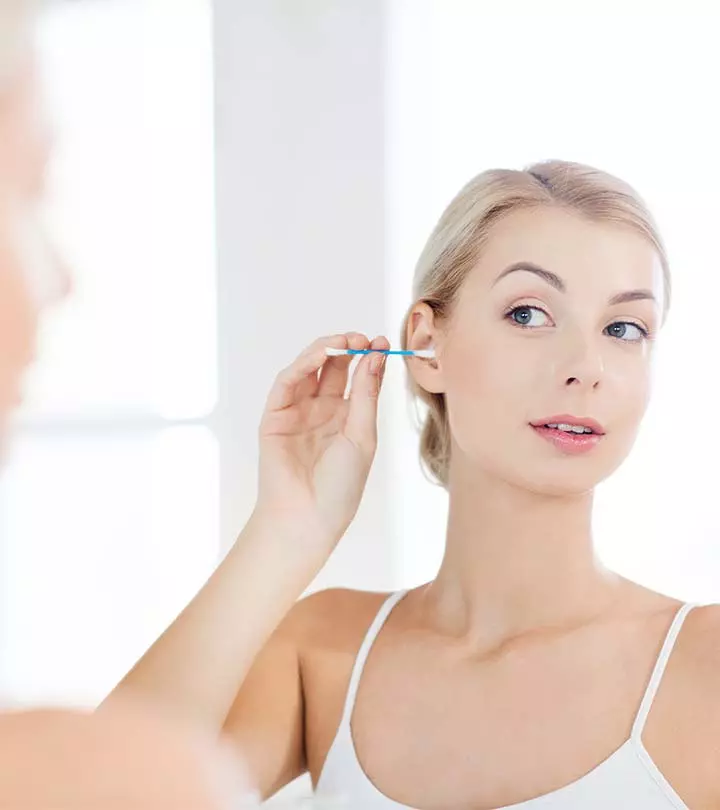
Related products
Blackheads – What Are They?
Blackheads are a type of moderate, non-inflammatory acne. They develop when the hair follicles in the skin become clogged with sebum and dead skin cells.
Sebum is a natural oil produced by the sebaceous glands, which are small glands within the skin. Sealing moisture inside the skin and protecting it from damage is beneficial.
As a result of the skin's epidermal turnover cycle, new cells are constantly being created to replace the old ones, producing dead skin cells. The skin undergoes a natural process where new cells journey from the basal layer of the epidermis to the surface every 40 to 56 days.
When sebum and dead cells accumulate on the surface of the skin, they have the potential to block hair follicles and cause comedonal acne.
There are two types of comedones: closed and open. Yellowish-white closed comedones are commonly known as whiteheads. Blackheads are formed when the opening of a comedone becomes dilated. Contrary to popular belief, the dark color of blackheads is not caused by dirt or poor hygiene. It is a result of a chemical reaction called oxidation, which occurs when the melanin in the comedones comes into contact with the air.
Blackheads might appear in different parts of the body. Their impact is most noticeable on the face, but it additionally impacts the ears, chest, shoulders, back, neck, arms, and other areas of the body.
What are the Causes of the Formation of Black Heads?
Certain factors might boost the likelihood of blackhead formation. Age and hormonal changes have a significant impact. Like other acne symptoms, blackheads most commonly appear during puberty, when hormonal changes cause an increase in sebum production. However, these symptoms might manifest at any age.
During puberty, sebum secretion increases noticeably, and skin cells turnover speeds up. This change is thought to be influenced by the male sex hormone androgen. During adolescence, androgen levels increase in both boys and girls.
During puberty, hormonal fluctuations could lead to the formation of blackheads in females. Such changes are often associated with menstruation, pregnancy, or the use of birth control pills.
When the body produces an excess of skin cells, it leads to the development of blackheads.
Other factors that must be considered include the possibility of pores getting clogged or covered by makeup and clothing and the effects of excessive sweating. Furthermore, activities like shaving and other practices that open the hair follicles have an impact.
What Leads to Blackheads in the Ear?
Non-inflammatory acne lesions known as blackheads occur when dead skin cells and oil accumulate within the pores. The skin inside the ear canal is covered with thousands of tiny hair follicles and glands that produce oil and earwax, making it surprisingly vulnerable to developing blackheads. When the glands produce an excess of oil, the skin will experience breakouts, leading to the appearance of acne and blackheads. The structure of the ears allows germs and oil to build up, causing blackheads.
Several factors help these irritating imperfections to enter the ears:
1.Residual earwax and grime tend to accumulate on earbuds or headphones.
2.The presence of dirt and bacteria on a pillowcase is occasionally concerning.
3.Avoid touching the ears with a cell phone to avoid oil and bacteria buildup.
How to Remove the Blackheads in the Ear Effectively?
Getting rid of blackheads on the face and body is done similarly. One notable distinction is the lack of visibility regarding blackheads in the ears. This makes it challenging to determine their depth, quantity, and whether they are diminishing or not. It is advisable to try to prevent their occurrence in the first place. One must take several measures to prevent the formation of these and eliminate them if they are already present.
One must be cautious about what they are placing in their ears. For instance, one who use headphones to take calls, listen to music or podcasts. When was the last time they were cleaned? Has the user wiped their mobile phone recently? Items that frequently touch the ears, such as hats, pillowcases, towels, and headbands, must be washed regularly to avoid transferring dirt and bacteria.
Blackheads have been known to appear in the ears. Individuals need to take care of their personal ear hygiene to prevent the formation of ear problems.
Ways to Remove Blackheads in the Ears includes the following.
1. Cleaning the ears
Washing the ears daily is considered one of the most effective ways to eliminate built-up oils and dirt. Taking a shower will make this process more accessible and using a standard face cleanser could be helpful. A few use their fingers or a gentle washcloth to cleanse the ears.
It is advised to refrain from excessive ear scrubbing, as this leads to skin irritation and can potentially worsen acne. Regularly cleaning the skin and getting rid of dead skin cells can also be beneficial in preventing the formation of blackheads.
The methods of prevention for the skin of the face and the ear are generally identical. One notable distinction is that the ear interior poses challenges regarding visibility and thorough cleaning. One way to assist clean the entire outer ear is to look into a mirror, especially a hand-held one.
Using a washcloth in the shower is the most convenient method for cleaning the ears. It is recommended that you do this after rinsing away all remnants of shampoo or conditioner.
2. Exfoliating
Exfoliation is the process of removing cell debris from the skin. By unclogging pores, these cells can potentially prevent the formation of pimples and blackheads. Exfoliating too often might lead to skin itchiness, but exfoliating up to twice a week will not result in any issues.
When engaging in physical exfoliation, one rubs the skin with coarse material. Many facial scrubs include coarse particles like salt, ground nut shells, or coffee grounds to achieve their exfoliating effect. Using scrubbing products in the ears is generally not recommended.
Another option is to gently rub the skin of the outer ear using a dry washcloth. The slightly rough surface of the cloth effectively removes dead skin cells. When the skin is touched, it spreads oil, sweat, and dirt. Avoiding touching the ears could prevent the formation of blackheads.
3. Take Extraction into Account
As a last resort, stubborn blackheads in the ear require extraction. Instead of relying on fingernails or bobby pins, purchasing an extraction tool that is gentle on the skin and does not cause any marks or cuts is advisable. However, using extraction tools in one's ears continues to be a challenge, even for professionals.
One must follow the steps mentioned below;
First, a warm washcloth could be pressed on the area to gently soften the plugged pore.
Press the metal loop of a sterile extractor onto the blackhead's edge. Then, to remove it, sweep it across.
One should not put the tool directly onto the blackhead to prevent any potential tearing of the sensitive skin on the ear.
After completing the task, washing the ear and sterilising the extractor once more is essential.
Carefully clean the skin on the ears using a cotton ball. Thoroughly apply the salicylic acid cleanser to a clean cotton ball. Gently rubbing the ears with a cotton ball, the focus is on the area with blackheads. To prevent any dripping, the user must turn their ear to the side, taking care to avoid any solution entering the inner ear. Give it ten or so seconds to soak, as the packet directs.
4. Use a topical acne treatment
Some OTC acne medications have the potential to unclog blackheads that are present in the delicate area of the ears. Salicylic acid is a beneficial over-the-counter medication that effectively unclogs pores and removes dead skin cells. Other acne medications, such as benzoyl peroxide, are proven to be quite helpful.
Many acne products contain salicylic acid. Some cleansers also contain astringents and toners, which are most commonly found in separate products. When employing an astringent, it is recommended to use it once daily. If there is no irritation on the skin, the application will need to be done twice daily in the ears using a cotton ball or Q-tip.
5. Salicylic acid skincare products
Several skincare products specifically formulated for the face should also be cautiously applied to the ears.
Individuals can use over-the-counter cleansers or masks containing this ingredient to eliminate blackheads in the ear. However, in cases where a more potent solution is required, a doctor's prescription is sometimes necessary.
Salicylic acid falls under the category of beta hydroxy acids (BHAs). Avoid using a product that contains aspirin if someone has an allergy to it. Chemical exfoliants, like BHAs, can effectively cleanse pores by eliminating oil and dirt without requiring vigorous skin rubbing.
Individuals need to exercise caution when using these products near the ear canal, as the passage links the outer ear to the eardrum.
The effects may not become apparent for several days or weeks. However, by incorporating products containing salicylic acid into their skincare routine, individuals can avoid the formation of blackheads.
When to Visit a Dermatologist for Blackheads in the Ear?
While some people find success with at-home treatments for removing blackheads, this is only sometimes the case. If blackheads reappear in the individual's ears or have a widespread case, it might be advisable to consult a dermatologist.
A dermatologist has various methods to address ear blackheads. They can safely and thoroughly remove blackheads using professional extraction tools. It could be far more effective than doing the extractions since one could not have a clear view inside or behind one's ear.
If someone experiences recurring blackheads in their ears and other areas of the body, a dermatologist might prescribe acne medication. However, keep in mind that many of these products have the potential to make the skin more sensitive to the sun. To prevent sunburns, one must use a lot of sunscreen.
What are some of the Ways to avoid the Formation of Blackheads in the Ears?
Keeping one's ears clean and free of excess oil is highly recommended for preventing future blackheads. Here are a few tips to help maintain clean and blackhead-free ears:
- Regular exfoliation is essential for maintaining healthy skin. Exfoliating the ears requires a slightly different approach compared to exfoliating the face. Facial scrubs and physical exfoliants must not be used in the ears. Instead, a dry washcloth is used to gently rub the outer ear, effectively removing dead skin cells and helping to prevent blackheads.
- It is recommended that ears be washed daily using a clean, warm washcloth and a mild salicylic cleanser. For individuals with long hair who do not wash it daily, a dry shampoo is often used to prevent the transfer of oils into the ears.
- One must tie back their unwashed hair to prevent excess oil from entering their ears.
- Avoiding touching the ears throughout the day will prevent breakouts.
- Everything that comes into contact with the user's ears must be thoroughly washed, including earbuds, cell phones, fingers, pillowcases, and more. Earbuds are susceptible to oil and earwax over time, so it is advisable to clean them regularly, preferably weekly. Additionally, avoiding wearing them for extended periods is recommended to prevent buildup.
- It is recommended that the pillowcase be washed at least once a week to prevent the accumulation of bacteria and impurities. These nasty things have the potential to reappear on the skin overnight, causing acne and discomfort.
- Use only sunscreens and lotions specifically designed to avoid clogging pores.
- Squeezing or picking at blackheads in the ears can increase the risk of infection, bleeding, scarring, and irritation.
- Applying acne products beyond the recommended amount will often result in excessive skin dryness, triggering an overproduction of oil and potentially exacerbating acne and blackheads.
- It is recommended to use noncomedogenic products when applying sunscreen or lotion to the ears. These products are specially formulated to prevent pore clogging.
People Also Ask
What causes recurring blackheads in the ear?
Recurring blackheads in the ears are often caused by a buildup of dead skin cells, oil and debris that clog the pores in the skin of the ear canal. The ear canal is prone to blackheads because of its predisposition to producing and secreting more sebum to lubricate the skin. This oil mixes up with the impurities and traps the pores. Factors such as poor hygiene of ear, overactive sebaceous glands and prolonged use of earplugs or headphones also exacerbates the issue upon increased friction. Hormonal imbalances or dysregulation along with an increased predisposition to hormonal acne also plays a key role in recurring blackheads in the ears. Regular cleansing and exfoliation can help in the prevention of blackheads in the ear.
Can blackheads in ear lead to infections if left untreated?
Yes, blackheads in the ears can lead to infections and inflammations if left untreated. Bacteria often get trapped in clogged pores that lead to irritation and inflammation that develops into a painful pimple or cyst. It is essential to ensure regular cleaning of the ear by following the ritual of cleansing and exfoliation to prevent such infections.
Conclusion
Blackheads are a type of moderate, non-inflammatory acne. They develop when the hair follicles in the skin become clogged with sebum and dead skin cells. Sebum is a natural oil produced by the sebaceous glands, which are small glands within the skin. Sealing moisture inside the skin and protecting it from damage is beneficial. When sebum and dead cells accumulate on the surface of the skin, they have the potential to block hair follicles and cause comedonal acne. There are two types of comedones: closed and open. Yellowish-white closed comedones are commonly known as whiteheads. Blackheads are formed when the opening of the comedones becomes dilated. Certain factors might boost the likelihood of blackhead formation. Age and hormonal changes have a significant impact. Like other acne symptoms, blackheads most commonly appear during puberty, when hormonal changes cause an increase in sebum production. During puberty, sebum secretion increases noticeably, and skin cells turnover speeds up. This change is thought to be influenced by the male sex hormone androgen.
The skin inside the ear canal is covered with thousands of tiny hair follicles and glands that produce oil and earwax, making it surprisingly vulnerable to developing blackheads. When the glands produce an excess of oil, the skin will experience breakouts, leading to the appearance of acne and blackheads. The structure of the ears allows germs and oil to build up, causing blackheads. Ways to remove the blackheads in the ears include thorough cleaning since washing the ears daily during shower is considered one of the most effective ways to eliminate built-up oils and dirt. Next comes exfoliation that is the process of removing cell debris from the skin. By unclogging pores, these cells can potentially prevent the formation of pimples and blackheads. Salicylic acid is a beneficial over-the-counter medication that effectively unclogs pores and removes dead skin cells. Other acne medications, such as benzoyl peroxide, are proven to be quite helpful.
As a last resort, stubborn blackheads in the ear require extraction. Instead of relying on fingernails or bobby pins, purchasing an extraction tool that is gentle on the skin and does not cause any marks or cuts is advisable.



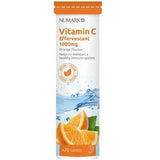
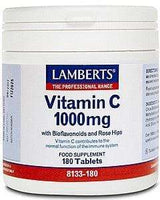
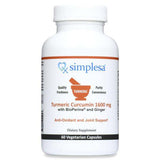









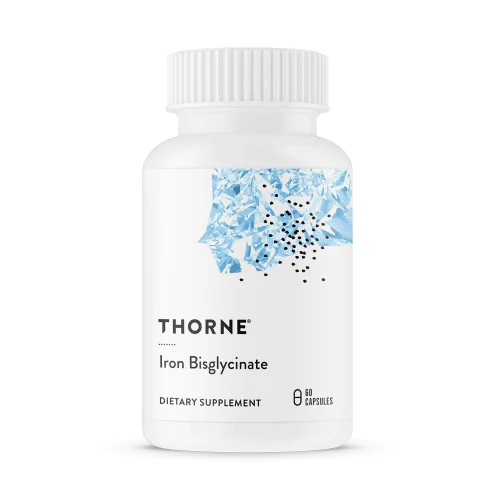

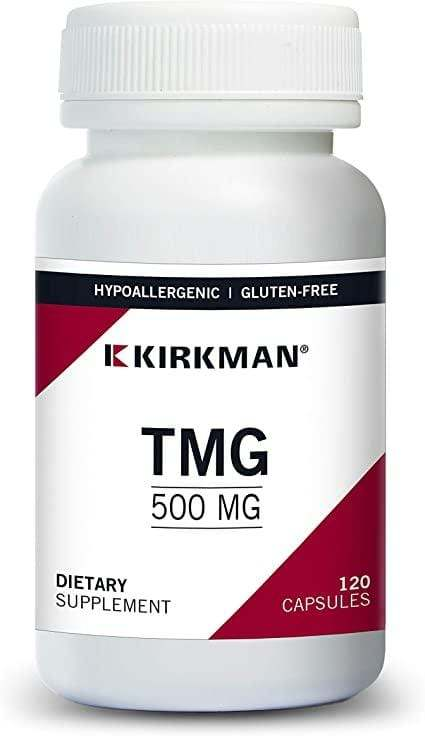
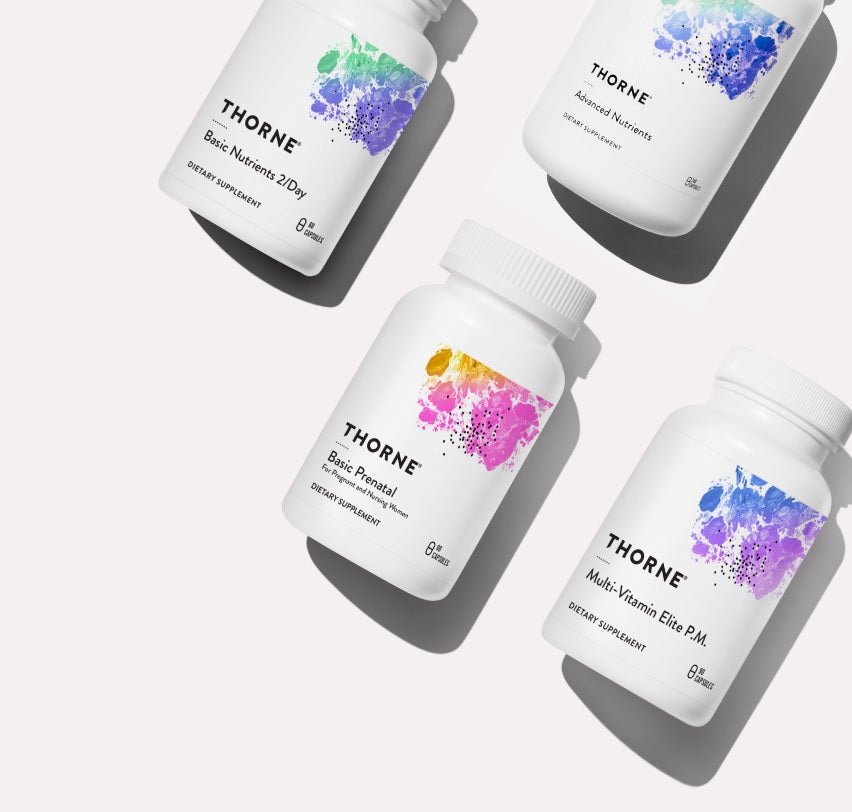
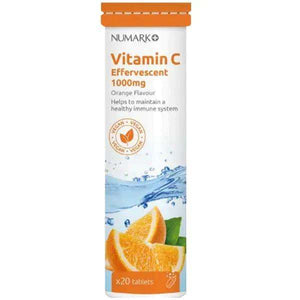
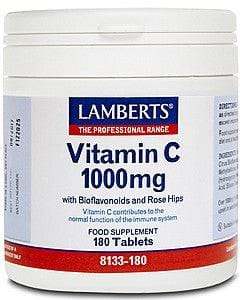
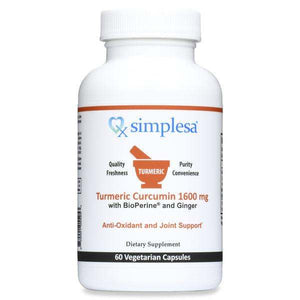







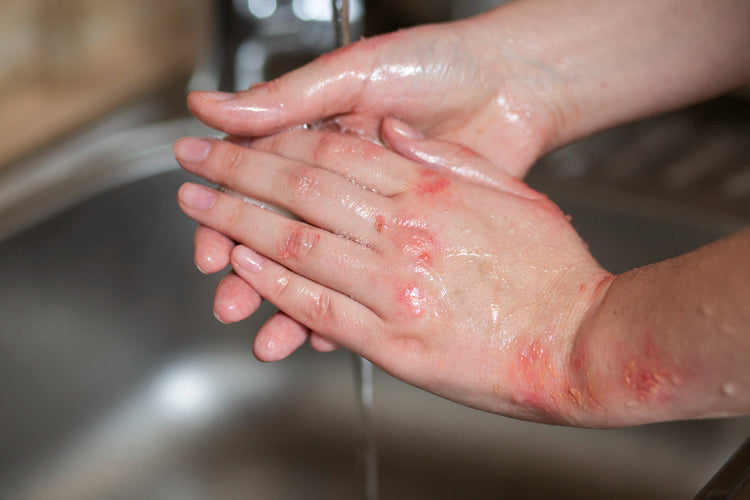
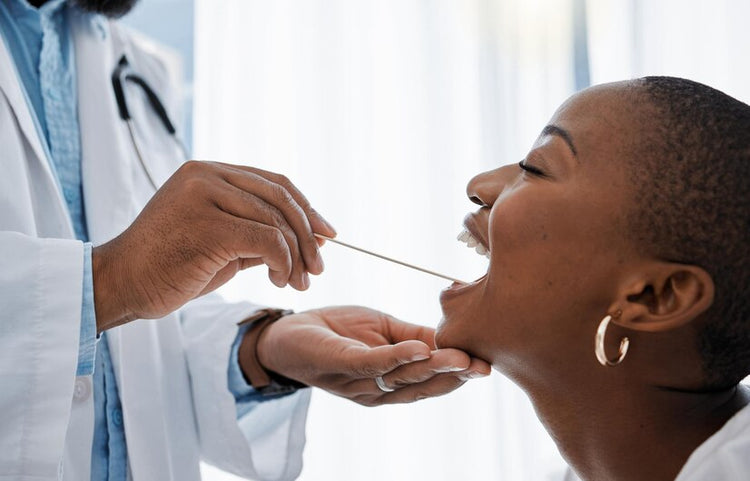
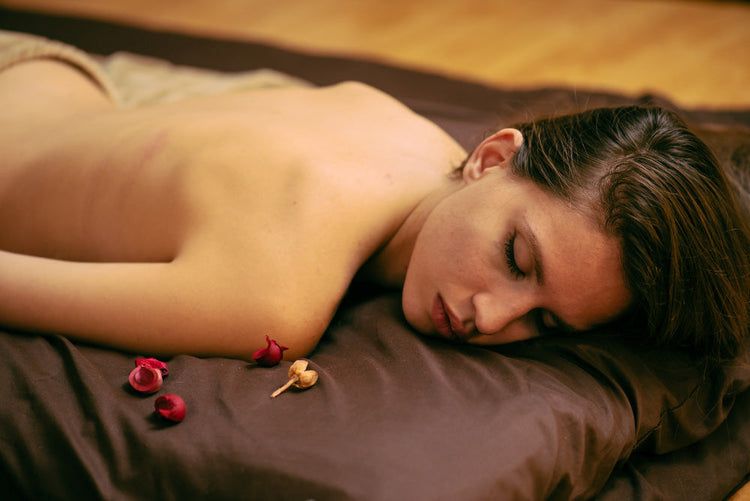
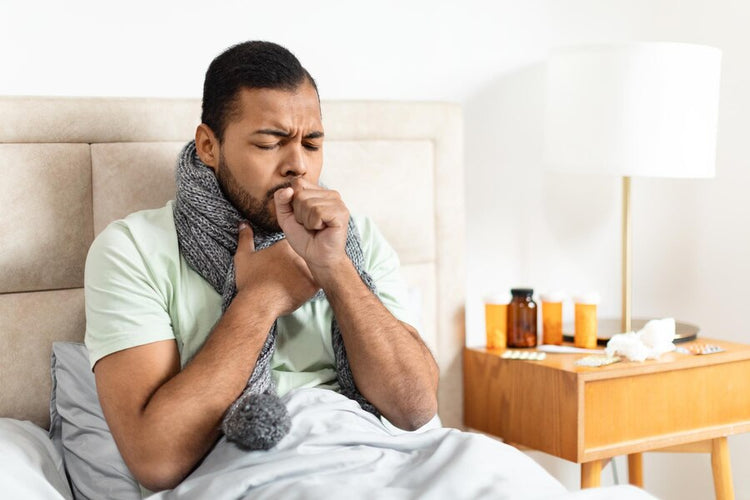



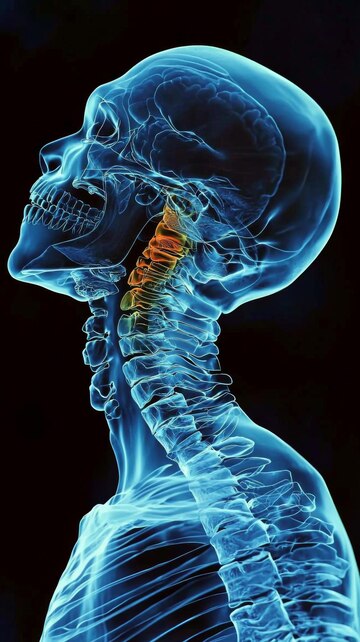
 Rated Excellent by 26,523+ Reviews
Rated Excellent by 26,523+ Reviews